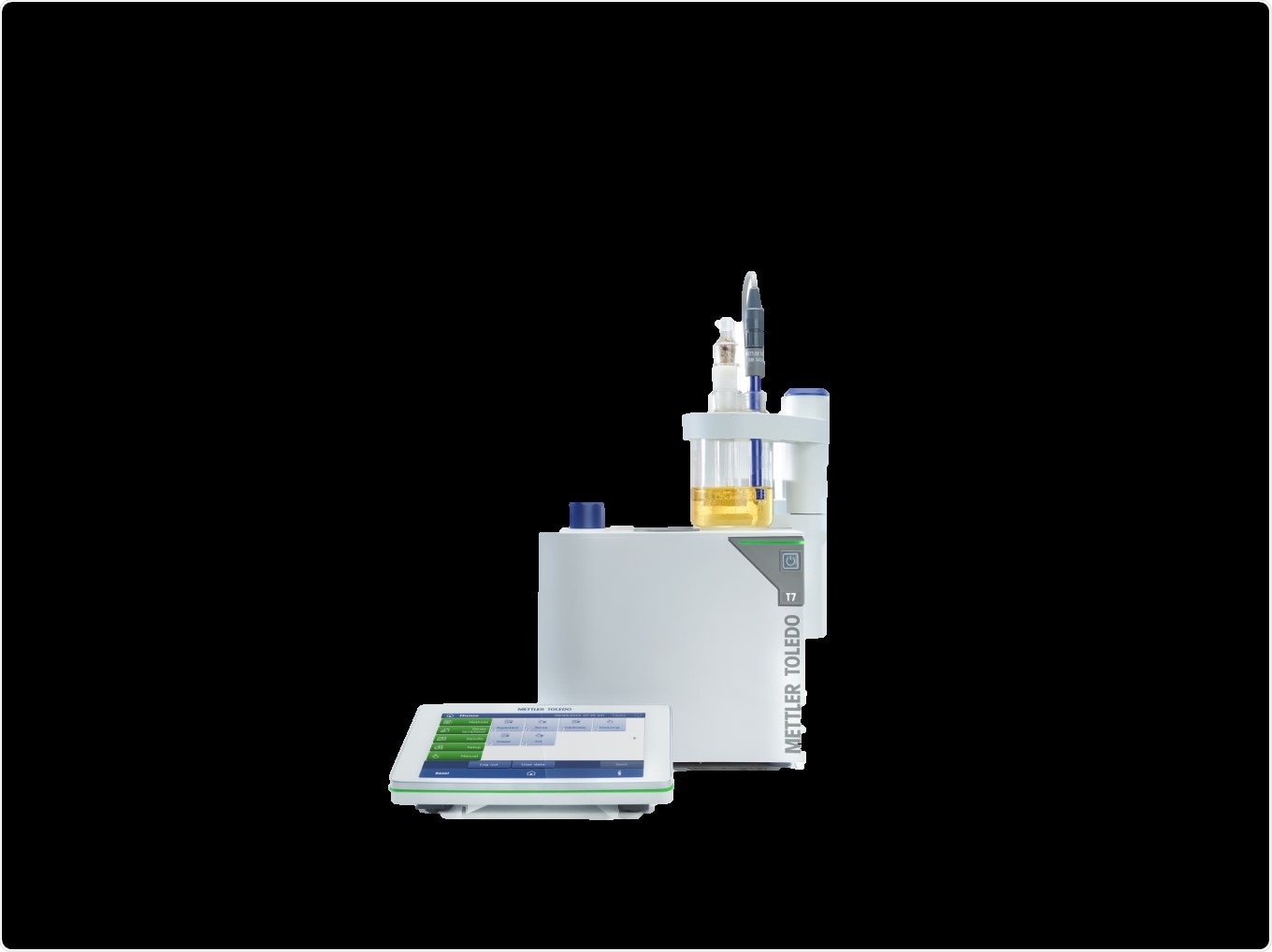Download the new white paper from METTLER TOLEDO to learn more about the advantage of low generation currents for coulometric low BI determination.
The bromine index (BI) is the fraction of reactive unsaturated compounds in hydrocarbons encountered in the petrochemical industry. To determine low BI using coulometric titration, low generation currents are required according to ASTM D1494.
 Petroleum products normally consist of a mixture of many different hydrocarbon molecules, including hydrocarbons containing C=C double bonds. The number of double bonds corresponds to the degree of unsaturation. This is an important quality parameter for many raw materials and finished products, such as hydrocarbon fuels and lubricants.
Petroleum products normally consist of a mixture of many different hydrocarbon molecules, including hydrocarbons containing C=C double bonds. The number of double bonds corresponds to the degree of unsaturation. This is an important quality parameter for many raw materials and finished products, such as hydrocarbon fuels and lubricants.
One way to express the degree of unsaturation is the bromine index. The ASTM D1492 standard specifically describes a test method for the coulometric determination of low BI using low generation currents 1 mA and 5 mA. While most of the titration instruments on the market only offer the possibility to use generation currents of at least 100 mV, the new METTLER TOLEDO Excellence titrators with coulometric option offer the possibility to generate low generation currents, and are thereby fully compliant to the ASTM D1492 standard.
The new METTLER TOLEDO White Paper explains in detail the advantage of using low generation currents for coulometric low BI determination. You will learn more about:
- Coulometric Bromine Index Determination: Principle
- Drift Determination and Sample Measurement
- Advantage of Low Generation Currents 1 mA and 5 mA
- METTLER TOLEDO Solution